Sony Xperia Z3+ Review
You can now read:
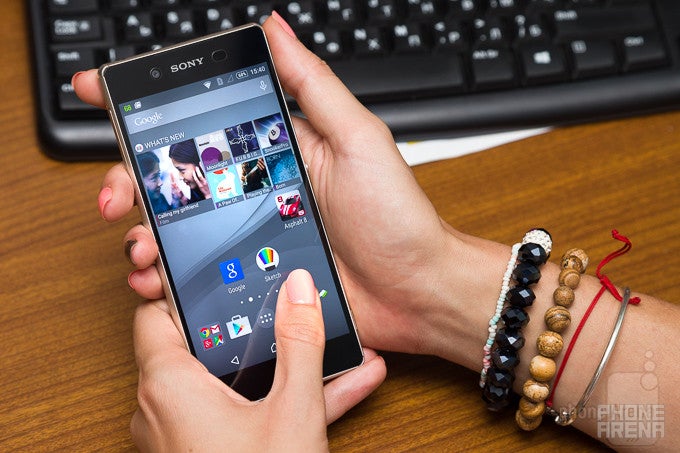
Introduction
We remember waiting for the Sony Xperia Z4 as the rumors about it kept piling up over each other. Yet, as the handset's surprisingly “soft” launch finally commenced, we came to understand that the Sony Xperia Z4 is actually more of a Sony Xperia Z3+, complete with the same branding for markets outside Japan. Thus, we couldn't help, but wonder – has Sony's strategy of upgrading its flagship smartphones twice a year, incorporating incremental improvements while overlooking opportunities for major changes, finally gotten the best of them? We won't spoil the provocative question by answering it just yet, but our review will give you the verdict, along with our quick opinion on whether it's worth upgrading from the Xperia Z3 to the Z3+.
Package includes:
- Xperia Z3+ smartphones
- microUSB cable
- Charging adapter
- Earphones
- User guides
Design
Wow, it's the best same-looking Sony Xperia Z handset ever!
Even if you've seen or held the Sony Xperia Z3 before it, it takes a cold and rational mind, one free of emotion's grip and governed entirely by the principles of logic, to not be impressed by the Sony Xperia Z3+'s look and feel. But what needs to be said has to be said - the Xperia Z3+ is virtually identical to its predecessor. It has the same metal and glass build, one of the best in class, but entirely predictable at this point. The omission of the magnetic charging port is welcome, however, for it was neither particularly useful, nor elegant-looking. On the Xperia Z3, the charging port was covered with a flap, while the one on the Z3+ is wide in the open, and still waterproof – an unquestionably better design. But the camera shutter button on the Z3 was slightly less wobbly and nicer to press.
Still, these are very minor gripes to have with a design as sleek and understated as Sony's. A more serious complaint would be the complete finger magnet of a glass used for the handset's front and back panel, and while we're at it, the volume buttons feel quite anemic, lacking width and travel. But on the side of good news, the Xperia Z3+ is 0.016 (0.4mm) thinner than its predecessor, coming in at just 0.27in (6.9mm) of thinness, and is also 0.28oz (8 grams) lighter, at 5.08 oz (144g). Overall, the handset measures 5.76 x 2.83 x 0.27 inches (146.3 x 71.9 x 6.9 mm), making for a rather big device.
Consider the repositioning of the microSD and SIM slot to the left, and this concludes the list of obvious differences between this and last year's model. There are more subtle, almost imperceptible nuances on the surface that make the Xperia Z3+'s build seem ever so slightly tighter – the frame is more flush with the body, the front-facing speakers now occupy the very ends of the top and bottom bezels, and the microphone has been moved to the frame's top side.
On the dual-SIM version of the device, the combined microSD and SIM card slot houses one microSD card and up to two nanoSIM cards simultaneously. Usually, dual-SIM handsets limit users to having either two SIM cards, or one SIM card and one microSD card at the same time, so Sony has to be commended for this bit of clever engineering.
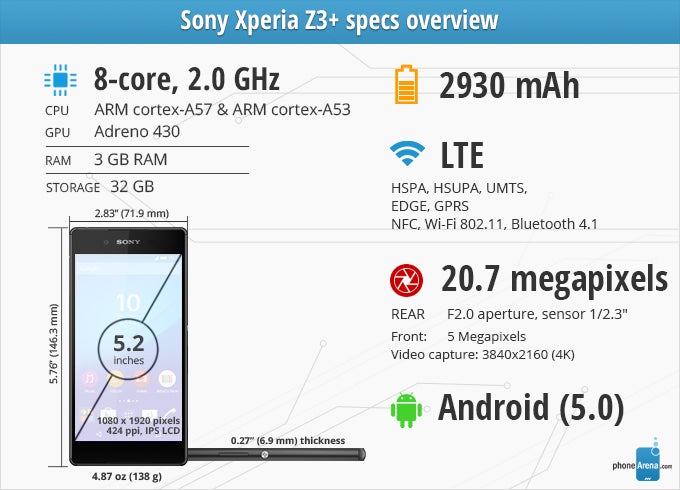
Display
Bright and pleasant, but colors are still off the chart.
The Sony Xperia Z3+ doesn't offer anything new in the display department over its predecessor. Once again, there's a 5.2-inch 1080p resolution IPS LCD display with 441ppi pixel density for you to enjoy. It's a great display on many levels, especially considering its extraordinarily high maximum brightness. But, taking a look at our screen measurements reveals that Sony hasn't done much to resolve the all-too familiar flaws of high-end Xperia handsets' screens.
At 669 nits of maximum brightness and 4 nits of minimum brightness, the Xperia Z3 is reliable in both intense light and low light situations. However, the Xperia Z3 could reach from 4 nits all the way up to 713 nits, making for an even brighter outlook. Still, the Z3+'s display is brighter than those of the Samsung Galaxy S6, LG G4, and HTC One M9, but is weaker in other areas, such as color reproduction.
The Z3+'s display has an overwhelmingly cold color temperature of 9743 kelvins, which has, sadly, become typical for Sony's recent high-end smartphones. Far from the reference value of 6500K, where color balance tends to be much more... well, balanced, this results in a noticeable blue-ish tint. There are some other inaccuracies found, such as the generally oversaturated red and green shades, not to mention the yellow nuances drifting towards green, and purple colors inching towards blues. Not good!
Furthermore, the gamma log reveals that gray shades tend to appear darker than they really are, with those ranging from mid-bright to brightest, in particular, showing up as unnaturally dark. This makes for a rather un-dynamic image with poor contrast. Combined with the overly blueish color balance, the total gamma value of 2.64 results in shades of gray actually presenting themselves as a sort of a dark blue. Once again, not good, unless you really like blue-tinted images for some reason. Fans of the Smurfs will rejoice!
On the side of viewing angles, the Xperia Z3+ gives off significant deteriorations in maximum and minimum brightness levels, as well as contrast when viewed at a 45-degree angle. However, color error shifts are kept quite manageable. This behaviour is typical of IPS LCD displays and can be observed in other hi-end smartphones that use the technology, such as the LG G4.
On a side note, you can still enable the so-called X-Reality engine from the Settings menu for a punchier, larger than life image. Some of you may like that for watching photos and videos, as it makes things appear more vivid. Additionally, the touchscreen's sensitivity can be increased for operation with gloves on, which is great for winter season.
Overall, much of what was said and measured about the Sony Xperia Z3+'s display corresponds with that of its older sibling's. This is a great screen for outdoor and bedtime viewing, not so much for fans of color accuracy and dynamics.
Interface and functionality
A mercifully no-frills affair that doesn't get in the way, but doesn't make for an exciting experience either.
The Sony Xperia Z3+ ships with Android 5.0.2 Lollipop, running Sony's custom interface on top. This is an older version than what the Xperia Z3 is currently running (Android 5.1.1), though it's still very recent. The Xperia Z3+'s no-frills user interface once again makes an example of successfully giving Android smartphones an identity, while sticking to Google's vision of how its operating system is supposed to look and feel. The Xperia UI is styled after stock Android, with Sony's custom apps, icons, and widgets inconspicuously integrated into the picture. This is familiar territory for Xperia handset owners, and a haven for those tired of Android renditions that are overly tampered with. However, there seem to be too many widgets occupying each home screen by default, which contributes to increased clutter and occasional stutters in the user interface.
Otherwise, the Xperia UI is very simple and intuitive. Homescreen editing is a breeze with easy options to add, remove, or change pages, widgets, apps, wallpapers, and themes. The multitasking key brings up the current apps in memory in the Lollipop card-based swipe format, as well as the ever-useful Small Apps suite, which accomplishes basic multitasking by means of apps contained in small, resizable floating windows.
Other feature highlights include Smart Connect (for easily connecting Bluetooth peripherals), Movie Creator (automatically creates movies from photos and videos you take), and Lifelog (a complete activity tracker).
Other than the slight stutter caused by the many widgets, it's hard to find significant flaws within the Xperia UI. Then again, the sterile and subdued feel of a near-stock Android experience might not be for everyone, for what the Xperia UI achieves in terms of sheer usability, it certainly lacks in emotional pull. To each their own, we say!
Processor and memory
How to train your Snapdragon...
The Sony Xperia Z3+ works on the back of Qualcomm's latest hi-end silicone, the Snapdragon 810, paired with 3GB of LPDDR4 RAM. The chipset has been the subject of much controversy throughout the year, due to its weaker than expected performance caused by CPU speed throttling as a measure against overheating. With this in mind, let's see how Sony's flagship smartphone fares.
In benchmarks, the Xperia Z3+ doesn't appear especially impressive. Although the performance jump from its predecessor is significant, the phone failed to break through the 50,000 mark in AnTuTu, and its score is significantly lower than that of the HTC One M9, a handset whose spec sheet and price tag are comparable with the Z3+. Sony clearly had to go an extra mile in taming Qualcomm's chipset for an accident-free integration in the smartphone. But the result of its conservative approach to throttling is an AnTuTu score performance level below that of the LG G4, which runs a lower-class Snapdragon 808 processor. A surprising turnout, considering the Z3+ also has faster LPDDR4 RAM.
Moreover, the Xperia Z3+ is almost always noticeably hot — not enough to feel uncomfortable, but enough to act as an impromptu hand warmer. Internal operating temperatures upwards of 50 degrees Celsius are not uncommon during periods of sustained load, such as when playing video games or watching high-definition video.
Thankfully, graphics performance is very good. Thanks to the reasonable 1080p screen resolution and the virtues of Qualcomm's powerful Adreno 430 graphics unit, the Xperia Z3+ is faster in graphics benchmarks than recent big-name flagship smartphones, including the comparably spec'd HTC One M9 — curious, considering they share the same hardware. The good results are reflected in generally smooth playing of graphically-intense games.
Internet and Connectivity
Every wireless connectivity standard under the sun.
Thanks to the elaborate modem built within the Snapdragon 810 SoC, the Xperia Z3+ supports all GSM networks, LTE-A Cat 6 speeds (300Mbit/s downlink, 50Mbit/s uplink), HSDPA+ speeds up to 42.2Mbit/s, as well as HSUPA, EDGE, and GPRS. There are VoLTEm GPS, A-GPS, and Glonass navigation on-board as well. Bluetooth 4.1 and the latest Wi-Fi standard are included, in addition to NFC, DLNA, Miracast, MHL, and ANT+. That's pretty much every wireless connectivity standard under the sun.
The Xperia Z3+ has Google Chrome as its default browser, which is familiar territory to most Android users at this point. Browsing is generally speedy and problem-free, thanks to those up-to-date internals.
Camera
Photography is probably the Sony Xperia Z3+'s strongest selling point.
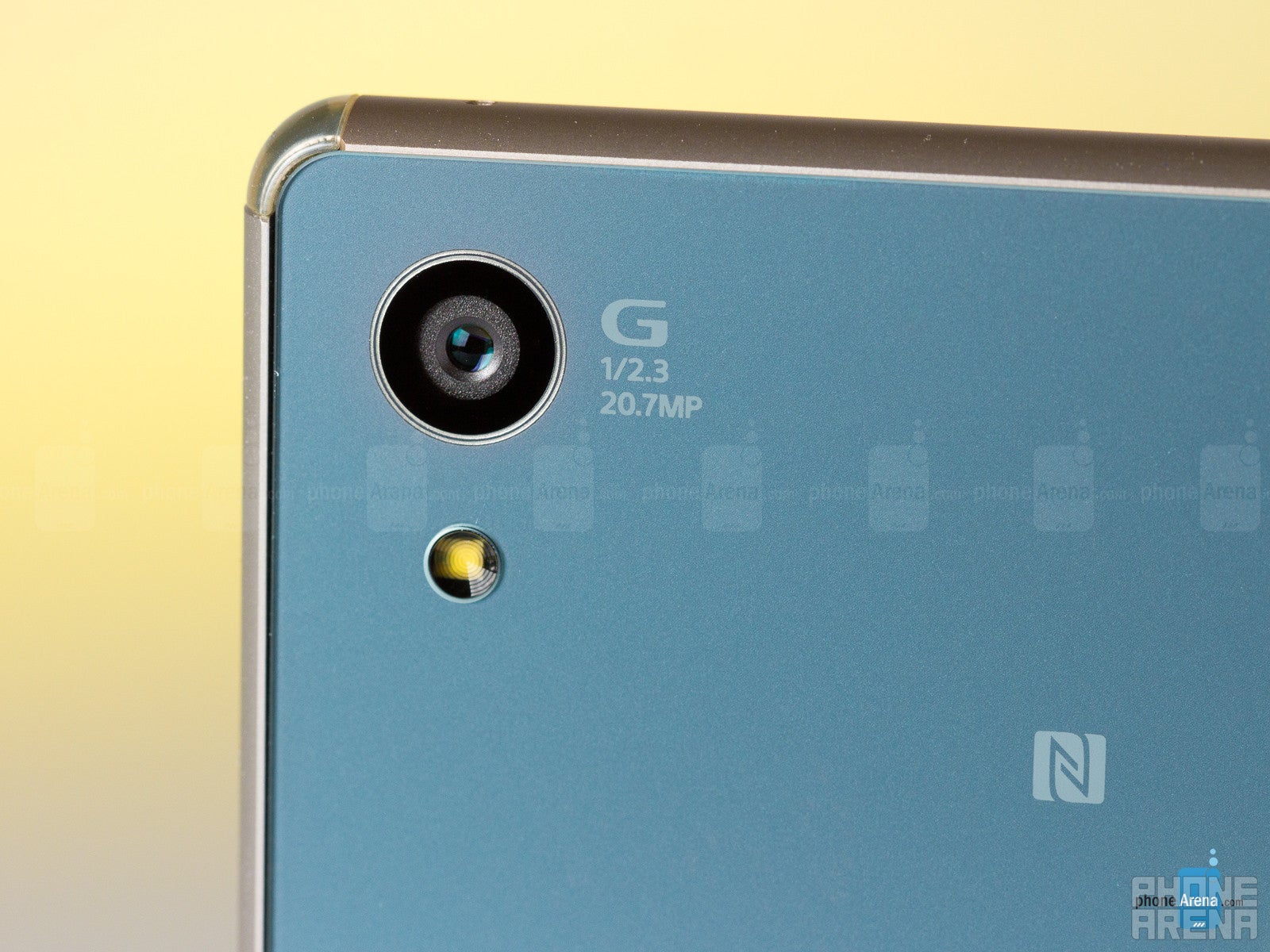
With this setup, the Sony Xperia Z3, could pull off some sharp-looking photos with its rear cam, so it comes as no surprise that the Xperia Z3+ is a pretty capable cameraphone as well! The main camera focuses just as fast, and the two-step shutter key's presence is a thing of wonder.
The camera app remains the same as well - a feature-rich piece of work with an intuitive user interface and a giant selection of shooting modes. Of course, the star of the show is Sony's Superior Auto mode, which gives it a very good try at estimating the best camera settings for the scene you're currently shooting. The resulting photos are of 3,264 x 2,160px resolution, in 16:9 aspect ratio. In other words, these are 8MP photos downscaled from a photo that's initially taken in 20.7MP. This method makes the images smaller in file size and easier to edit and share, while preserving a greater level of detail. But in case you want the complete 20.7MP picture (large file size included), you'll have to switch to manual mode, where you're free to select between different resolutions and adjust settings.
Thankfully, the Sony Xperia Z3+ doesn't spoil our positive impressions, as Superior Auto is still great for producing natural colors and its white balance guesswork is quite reliable. Then again, as with most smartphone cameras, this one does its best in broad daylight. Problem weather tends to confuse the sensor into snapping over-exposed photos, or into activating HDR mode in times where this would turn out to be pretty meaningless. Still, the occasional quirk doesn't get in the way of a generally solid shooting experience. We're quite satisfied with the amount of detail captured, and the subtle sweetening of colors that may occur in some shots will leave you pleased, most of the time.
Indoor photos are fairly good in terms of lighting and white balance, but the noise reduction algorithm is quite heavy-handed and produces very filtered-looking results. However, the LED flash does a very good job with scenes shot indoors in complete darkness. The artificial lighting is fairly even across the scene and doesn't generate overly blue-ish or yellow-ish hues to take away from the natural look.
At night, the Superior Auto mode automatically turns to Low Light shooting, with the results being largely comparable to those of indoor photography. The level of detail is good and the amount of noise is tolerable, although the heavy filtering might still be an issue for some. Auto-focus doesn't seem to take any longer to lock down than it does in daylight scenarios, and illumination from the LED flash, provided you opt for it, is still pleasantly balanced.
While we're discussing the camera app, we must give a passing mention to the arsenal of shooting modes at your disposal. If you've ever used a hi-end Xperia handset, you know what's coming for you - adorably gimmicky AR dinosaurs, artsy Backround Defocus, slow-mo video, YouTube streaming, Multi-Camera (to record the same scene with multiple Xperia handsets at different angles), Face mode (take a single photo with both cameras), and plenty more downloadable modes. You won't be using these often, but when you do, you're going to have lots of fun. Especially where the front camera is concerned! The 5MP front cam is a fantastic selfie snapper, and the built-in filters can generate everything — from a textbook selfie, right down to sights from the realm of the absurd. However, there's no way of turning skin smoothing off. Who knows, in some cases, it could be for the better!
As for video recording, we deem the results passable, with a few caveats. Curiously, the 1080p/30FPS daylight video we shot suffered from weird crackling in the audio track, but thankfully, this odd bug does not appear all the time. However, the image sharpness definitely leaves a lot to be desired. We also shot a 4K/30FPS video, which didn't look spectacular, but it did improve the sharpness somewhat. In Manual mode, the Z3+ has the ability to shoot 1080p/60FPS video, at the expense of image quality and the predictable “soap opera” motion effect. Overall, the Z3+ is a reliable, but not a stand-out camcorder.
Multimedia
Multimedia is Sony's business, and business is good!
Multimedia-wise, the Xperia Z3+ performs predictably well, thanks to its big display and nice stereo speakers. The suite of Sony multimedia apps, such as the famous Walkman music player, makes for a pleasant, user-centric multimedia experience. They have modern, impressive interface designs that really pull you into your favorite tunes and videos. The Album app, in particular, is one of the finer takes on a Gallery app, with a rich interface and plenty of editing and sharing options to spare.
Meanwhile, the Walkman player still boasts a suite of sound enhancements, such as DSEE HX (restores lost frequencies in poorly compressed music files), virtual surround sound, ClearAudio+, an equalizer and a dynamic normaliser. These tweaks fall in the "nice to have" category, rather than the "essential" one. Same goes for the "X-Reality" and "Super-vivid" display modes, optimized for viewing photo and video content.
Despite its redesigned front speakers, the Z3+ plays exactly as loud as its predecessor, at 74dB of output. Headphone output, however, is still low compared to what other smartphones in the same price range are pulling off. However, the ability to connect to a TV through the microUSB port (with an MHL cable) is quite welcome, though this isn't anything new for Xperia Z devices.
Call quality
Decent, but uninspiring.
As it's usual with hi-end Sony handsets, the earpiece is loud enough to compete with noisy environments, but the aggressive noise cancellation algorithms give out a filtered, nasal quality to your voice, and the loudspeaker itself sounds somewhat thin and muffled. We'd say the Sony Xperia Z3+ is an average performer in terms of call quality.
Battery life
Emperor, the long battery life tradition of Xperia flagships is broken!
Due to its thinner profile, the Sony Xperia Z3+ comes with a smaller battery unit of 2930mAh capacity. The original Sony Xperia Z3 had a bigger, 3100mAh battery, but that's not all it took for it to achieve its excellent result of 9 hours and 29 minutes in our battery test. A more efficient chipset, the Qualcomm Snapdragon 801, was running the guns of last year's flagship.
This time, Sony had to use the temperamental Snapdragon 810 SoC and a smaller battery to accomplish its ambitions for the Xperia Z3+, but compromised the Xperia flagships' long battery life tradition in the process. The Z3+ only lasted 7 hours and 15 minutes of constant on-screen use in our battery test, the lowest of any Xperia Z-series smartphone that we had the pleasure of testing. It's merely an average result, whereas past Xperia Z handsets truly excelled.
On the upside, the Xperia Z3+ is much faster to charge than its older sibling, which took 235 minutes (almost four hours) to fill up with its bundled charger! Also, the Xperia Z3+ still excels at battery life among most of this year's flagship smartphones. The Z3+ clocks in at 189 minutes for a 0 to 100% charge using the bundled charger. There is Qualcomm fast charging support in the handset, but the bundled charger isn't of the fast kind.
Conclusion
Many have scoffed at the seemingly benign upgrades between Sony Xperia Z device revisions, somewhat rightfully criticizing Sony for rushing to update its flagship handsets twice a year. And as far as incremental, insignificant upgrades go, the Xperia Z3+ is arguably the worst It does look like Sony's irrational strategy finally got the best of them, as the Xperia Z3 is, essentially, last year's smartphone with a new generation chipset that's somewhat more powerful, but tends to heat up and is not as power-efficient, contributing to significantly worse battery life. Save for the fine 5MP front camera and the faster LTE Cat 6 support, there are no meaningful usability improvements whatsoever to counteract the aforementioned problems.
With this in mind, we wouldn't be surprised if some of you embrace the Sony Xperia Z3+'s existence solely for the small discount it would bring towards the older, but more reliable Sony Xperia Z3. Considering the Z3 is just as attractive, has very much the same display, a camera that performs equally as well, is still very fast, has longer battery life, and is, overall, just as current a device as the newer one, we'd recommend it as a more sound purchase over the Xperia Z3+.
Xperia Z3 owners have no compelling reason whatsoever to upgrade to this device. And if you aren't necessarily looking for an Xperia smartphone, you might be better off with some of this year's hi-end phones, such as the Samsung Galaxy S6 or LG G4, which don't have waterproofing and stereo speakers, but offer more reliable performance, improved display technology, and really nice cameras, among other things.
Software version of the review unit:
Android Version: 5.0.2
Build Number: 28.0.A.7.24
Kernel Version: 3.10.49-perf-g229afbe

Follow us on Google News

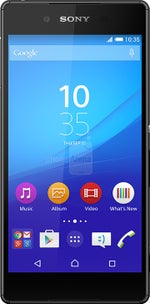
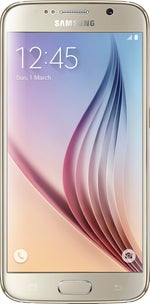
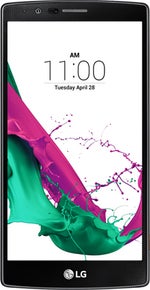
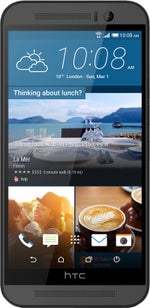

















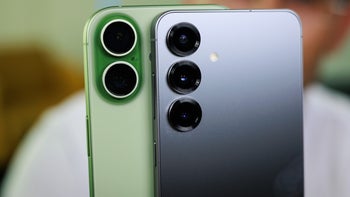
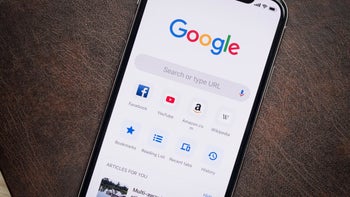
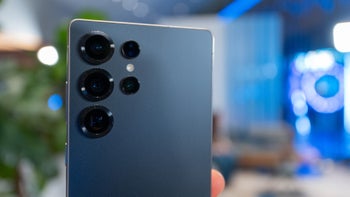
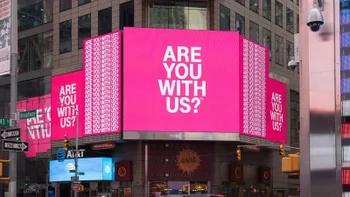

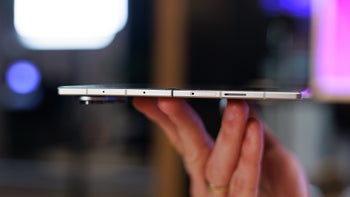

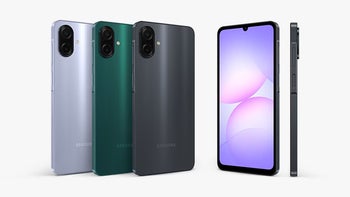
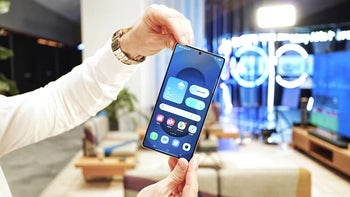
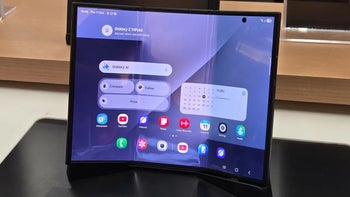
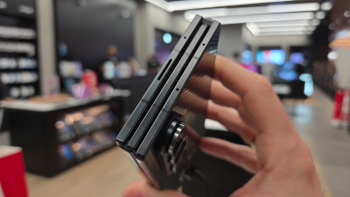
Things that are NOT allowed:
To help keep our community safe and free from spam, we apply temporary limits to newly created accounts: